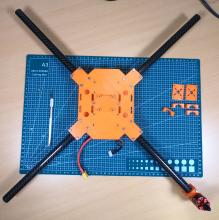Raspberry Pi has gained popularity as a versatile single-board computer, empowering enthusiasts to build a wide range of projects. However, when it comes to utilizing Raspberry Pi as a flight controller for unmanned aerial vehicles (UAVs) or drones, there are significant limitations and drawbacks to consider. In this article, we will explore the reasons why Raspberry Pi is not the optimal choice as a flight controller and why dedicated flight controller boards offer better performance and reliability.
